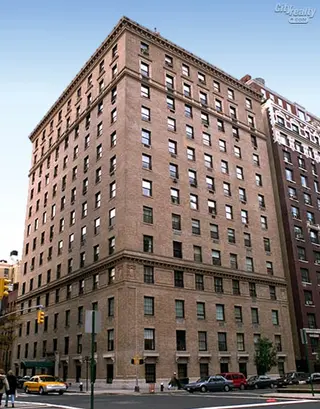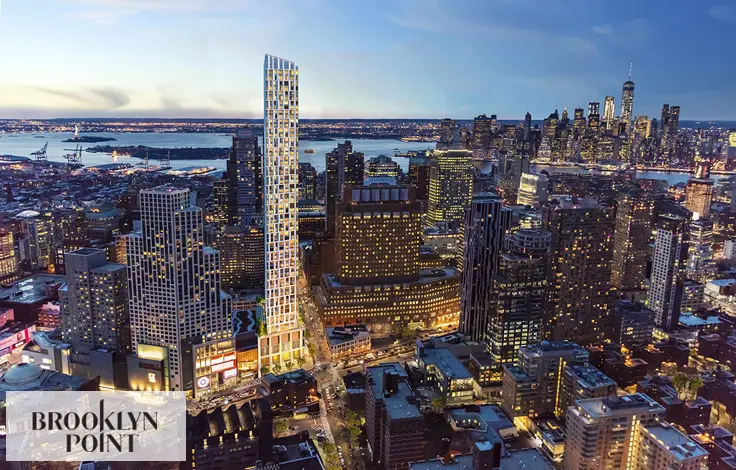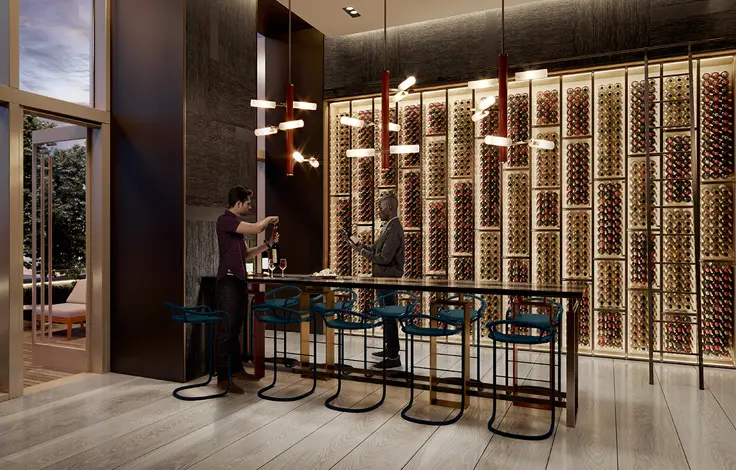 Carter Horsley
Carter HorsleyDec 23, 2011
Carter's Review
Erected in 1912, this handsome apartment building at 960 Park Avenue on the northwest corner at 82nd Street was converted to a cooperative in 1958.
The 13-story building contains 30 apartments.
It was designed by James E. R. Carpenter and D. Everett Waid for Bing & Bing.
Bottom Line
A handsome pre-war building designed by J. E. R. Carpenter that is two blocks east of the main entrance to the Metropolitan Museum of Art.
Description
The building has a finely detailed, light-beige façade with a landscaped side-street entrance.
It is missing balconies on the 6th and 10th floors, but has some on the second floor.
It has a large bandcourse above the fourth floor and a balustrade stringcourse below the 12th floor and a cornice. It has inconsistent fenestration and some discrete air-conditioners.
In his March 7, 2013 “Streetscapes” column in The New York Times, Christopher Gray remarked that “the brick at 960 Park Avenue, on the 82nd Street corner, has deep-struck joints; the mortar has been raked out, leaving the brick projecting,” adding that “because the brick is irregular and on the thin side, it has a fragile air, as if it might snap off.”
Amenities
The building has a doorman, a gym, and storage.
It is pet friendly.
Apartments
Apartment 6E is a three-bedroom unit with a 23-foot-wide entrance gallery that leads to a 24-foot-wide drawing room with a wood-burning fireplace next to a 18-foot-long reception room and a 21-foot-wide dining room next to a 9-foot-wide pantry, a 17-foot-wide, eat-in kitchen that opens onto a 14-foot-wide den. The apartment also has a 19-foot-long library and two maids’ rooms and the master bedroom has its own hall and a 14-foot-long sitting room.
Another three-bedroom unit has a 24-foot-long entry foyer that leads to a 20-foot-long living room, a 15-foot-long dining room, a 15-foot-long kitchen, and an 11-foot-long hall.
History
According to James Trager, the author of "Park Avenue, Street of Dreams," (Atheneum, 1990), “the handsome building presently on the site, however, pales with what was originally planned.”
“The Dudley Construction Company hired the architectural firm of Howells and Stokes in 1910 to design an Italian Renaissance-palazzo-style apartment building occupying the entire frontage on the west side of the avenue between 82nd and 83rd Streets. A more impressive firm would have been hard to find. While John Mead Howells was skilled and socially well connected, his partner. Isaac Newton Phelps Stokes, was even more prosperous and well known. Stokes was an advocate of improved housing for the working classes (in 1900, he had been appointed by President Theodore Roosevelt to a commission on tenement houses) and he would later produce the massive six-volume compendium The Iconography of Manhattan Island," wrote Andrew Alpern in his fine book, "Luxury Apartment Houses of Manhattan, An Illustrated History," (Dover Publications, Inc., 1992), which devotes an entire chapter to this site.
The proposed building would have 54 apartments including three duplexes and three triplexes each with their own street entrances. The building, Alpern continued, was planned with large arched entrances on the avenue and the two side-streets and a deep service drive. Each entrance would provide elevator service to only two apartments per floor and the roof was designed to include not only a recreational area and children’s playground but also laundry and drying facilities. Apartments were to have fireplaces and wainscoting and no long corridors. In addition, Alpern wrote, the building planned to provide additional storage rooms for the residents in the basement both in the building and under the sidewalk. The prospectus called for sale prices of $24,000 to $52,000 with average maintenance charges ranging from $245 to $420 per month. It mentioned that the soon-to-be-constructed Lexington Avenue Subway would add to the convenience of the building's location. Two years later, however, the plans were scaled back and redone by J. E. R. Carpenter, one of the most prolific and influential residential architects of his generation, in collaboration with D. Everett Waid.”
"As actually built, 960 occupies half the original lot with a more conventional luxury apartment house of 12 stories. This structure was designed with two apartments to a floor, but most of these have since been cut in half," Alpern wrote. The redesign by Carpenter and Waid used long halls in the apartment layouts.
Carpenter's other Park Avenue buildings include 550, 580, 625, 630, 635, 640, 655, 812, 960 and 1050 and his buildings on Fifth Avenue include 810, 825, 907, 920, 950, 988, 1030, 1035, 1060, 1115, 1120, 1143, 1150, 1165 and 1170 as well as 2 East 66th Street.
Robert A. M. Stern, Gregory Gilmartin and Thomas Mellins in their book, "New York 1930, Architecture and Urbanism Between The Two World Wars," (Rizzoli International Publications, Inc., 1987), suggest that Waid "may have been responsible for the building's gentle aesthetics achieved by the use of warm brick, laid with deep mortar joints."
The building is close to several schools including P. S. 6 on Madison Avenue, one of the city's top-rated public schools. The express subway station is a few blocks away at 86th Street and Lexington Avenue, but a more important attraction for this building is that the major entrance to the Metropolitan Museum of Art is two blocks to the west and this neighborhood is one of the most desirable in the city.
One of the building’s early residents was H. Casimir de Rham, who belonged to the Outer Fountain Fishing Club in Newport, R.I., and the Union, Knickerbocker and New York Yacht Club.

- Co-op built in 1912
- 1 apartment currently for sale ($7.65M)
- Located in Carnegie Hill
- 38 total apartments 38 total apartments
- 10 recent sales ($1.7M to $14.5M)
- Doorman







 6sqft delivers the latest on real estate, architecture, and design, straight from New York City.
6sqft delivers the latest on real estate, architecture, and design, straight from New York City.
